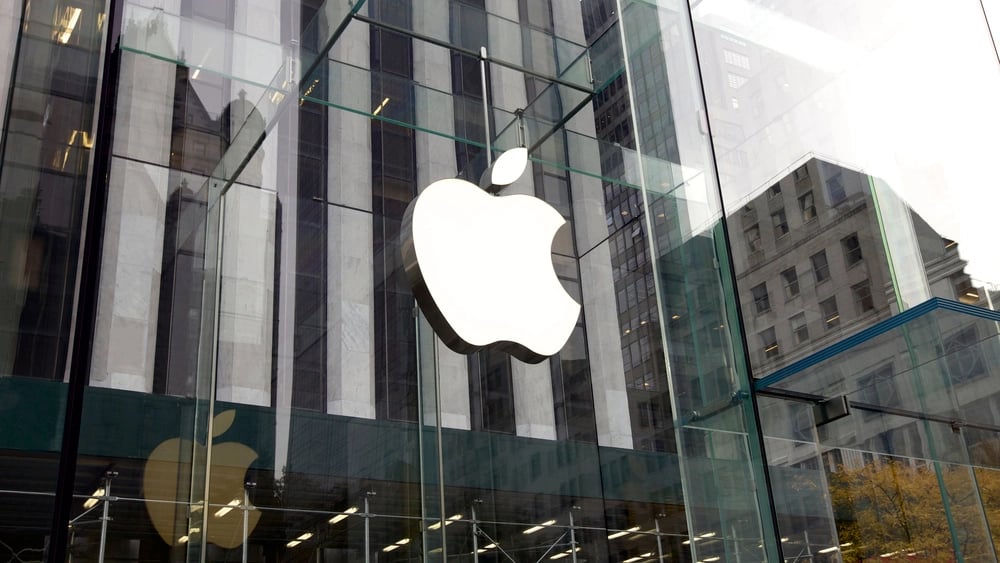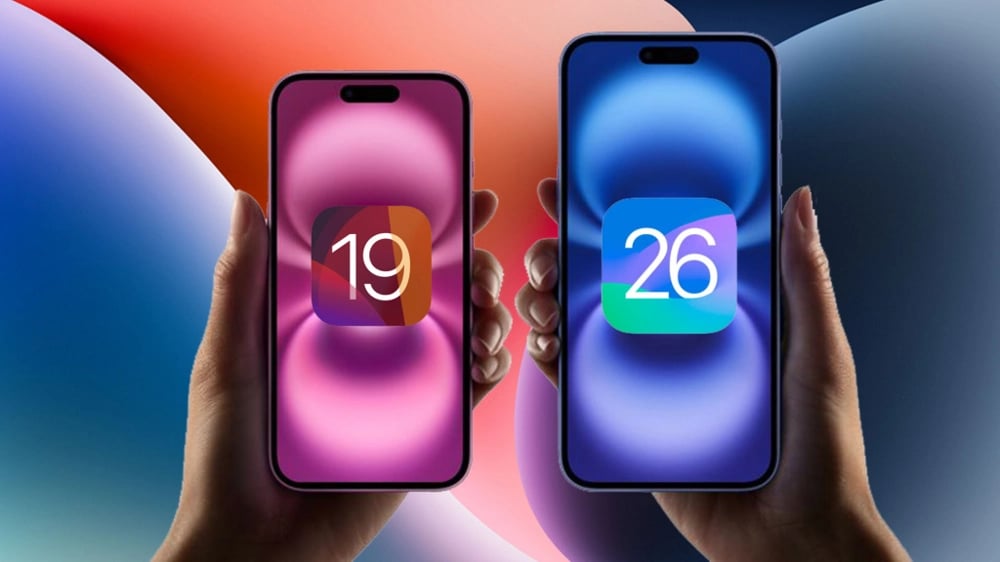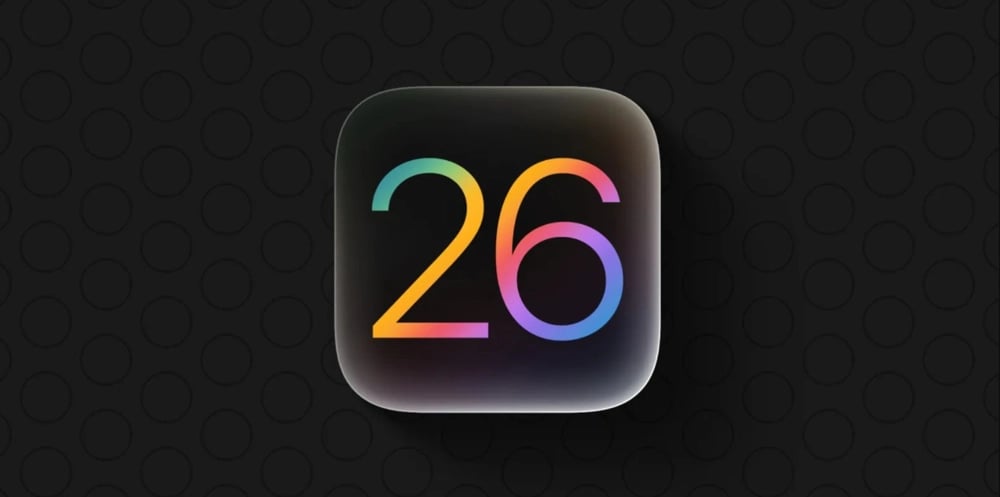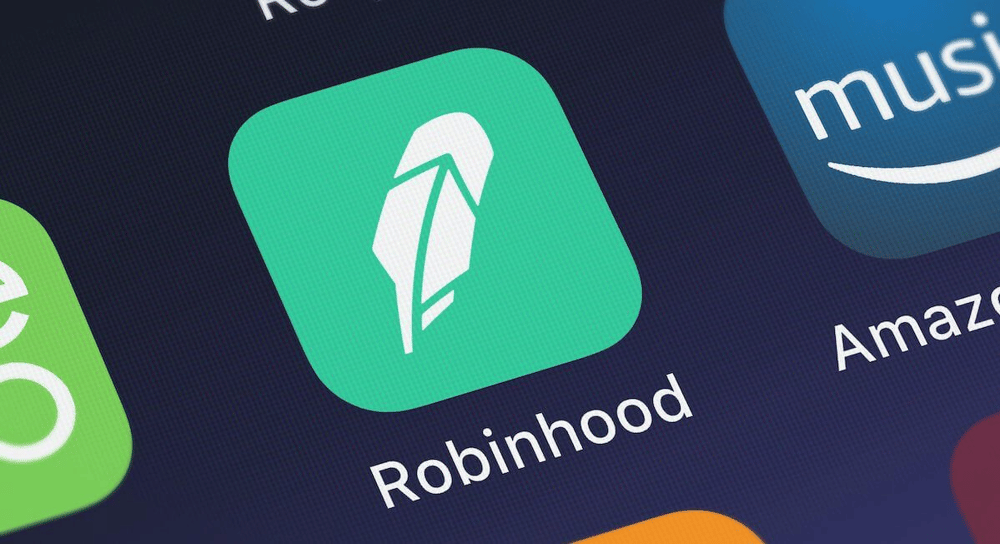Apple Redefines Software Branding with Year-Based OS Naming
Apple Inc. is enacting a pivotal shift in its software branding policy, transitioning from sequential version numbers to release year identifiers for all its operating systems. This development, confirmed by individuals privy to confidential company plans, signals an end to the familiar versioning approach in favor of uniformity across the Apple ecosystem. With this strategic move, the next major updates will be labeled as iOS 26, iPadOS 26, macOS 26, watchOS 26, tvOS 26, and visionOS 26.
Rationale Behind the Revision
Historically, Apple’s disparate numbering—such as iOS 18, watchOS 12, macOS 15, and visionOS 2—has created a fragmented perspective for end users and app developers. Diverging initial launch dates across platforms led to unaligned versioning, adding complexity to software support, device lifecycle management, and cross-platform development.
The transition to a year-based identifier addresses these inefficiencies. The harmonized structure aims to simplify system recognition, especially as Apple continues rapid innovation across product categories. Unifying the naming system reinforces internal cohesion and external brand clarity for $AAPL.

Anticipated Benefits for Stakeholders
Market analysts observe that a synchronized version scheme brings multiple operational and perception advantages. Streamlining the branding delivers easier product association for consumers, while developers gain transparency in compatibility and planning. From an investor’s perspective, this structural refinement reflects Apple’s ongoing commitment to ecosystem integration and market leadership.
Impacts Across the Apple Ecosystem
This naming standardization is set to touch every corner of the company’s technology stack, from iPhones and iPads to Macs, Apple Watches, Apple TV, and Vision headsets. The update also serves as a signal to competitors, reaffirming Apple’s intent to differentiate through both innovation and communication precision.
Key Outcomes of the New Naming Policy
Alignment of all Apple OS releases with a single, comprehensible convention;
Enhanced customer understanding of product generations and software compatibility;
Improved developer efficiency in managing updates and support across devices;
Reinforced brand image for Apple as a unified, user-centric tech leader;
Streamlining of internal and external communications regarding system updates.

Strategic Significance for Apple
For Apple, implementing year-specific nomenclature is more than a cosmetic change. It offers operational discipline, eases support structures, and may foster longer device lifecycles by reducing user confusion. As tech competitors like Microsoft $MSFT, Alphabet $GOOG, and Samsung $006405.KS pursue integration, Apple’s move could influence future industry-wide branding methodologies.
Financial market observers often weigh such operational decisions when forecasting long-term value and competitive resilience. By staying ahead in interface and experience consistency, Apple continues to cement its position as a premium technology brand.















Comments